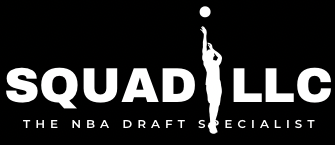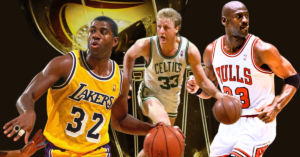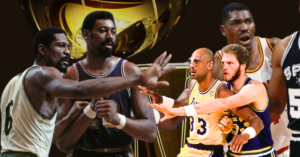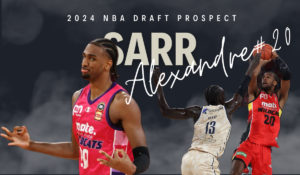When Does NBA Free Agency Start? 2 Key Dates And Its Impact on the League Examined
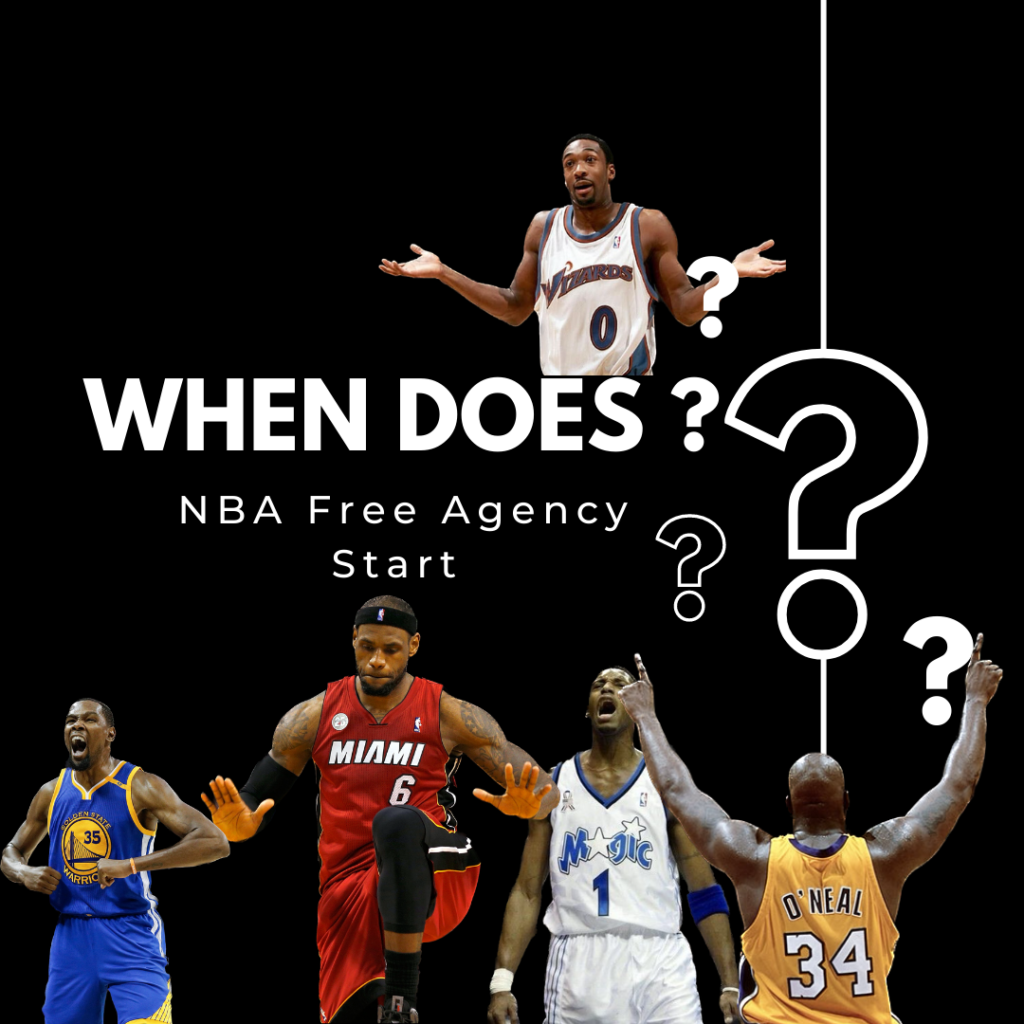
NBA free agency is an exciting time for basketball lovers everywhere, as it gives teams an opportunity to add or re-sign players to strengthen their rosters. For fans, it’s a time of excitement, hope, suspense, and speculation, as they watch in anticipation to see which potential signings and transactions unfold with the potential to change the power dynamics within the league for years to come.
While the exact start dates of the NBA free agency period can change slightly from year to year, this article aims to answer the question “When does NBA Free Agency start?”. In the process we will give a general overview, go into the details of NBA Free Agency, discuss its importance, and highlight key dates related to this highly anticipated moment in the world of professional basketball.
NBA Free Agency: What You Need to Know
A successful NBA team offseason can significantly improve their rosters through three different methods. The NBA’s Free Agency period is one way, either by re-signing their current players or through securing marquee free agents. During this time, teams carefully assess their shortcomings and opportunities, then make the required moves to increase their team’s chance of success in the upcoming season.
The league’s power dynamics can be significantly altered by free agency. It gives teams the ability to sign elite players and assemble strong lineups. Additionally it’s a time for players to explore new opportunities, negotiate contracts and potentially land significant deals that recognize the worth and contributions they bring to the game.
During CBA negotiations, the National Basketball Association (NBA) and the National Basketball Players Association (NBPA) mutually agree on the guidelines governing free agency, attempting to create a balance between the needs of the players and the needs of the teams.
Key Dates and Timeline
Every year, on or around July 1st, NBA free agency technically begins. However, it’s important to recognize that the exact date may vary somewhat based on the league’s collective bargaining agreement (CBA) negotiations or other circumstances that may impact the timeline.
Related Articles:
The Moratorium Negotiation Period
The “moratorium,” or time of negotiations, technically starts a few hours earlier on June 30 at 6 pm ET. During this time verbal agreements may be made. Teams and players are allowed to have discussions and negotiate contracts but no binding agreements may be signed until the moratorium is officially over. Unless a restricted free agent is signing a qualifying offer from a new team or accepting a qualifying or rookie scale maximum qualifying offer from his current team.
Before an official commitment is made, the moratorium window gives both teams and players the chance to weigh their alternatives and work out the specifics of their contracts. Since free agency paves the way for prospective signings and trades, this period is a source of excitement and anticipation as rumors among fans and the media swirl.
Contract Signings
The moratorium, which usually lasts for a few days from July 1st through July 6th, is when teams and players negotiate the terms of contracts. The first day of the moratorium, known as “NBA Free Agency Day,”is when players may agree to contracts with their respective teams. The league experiences a frenzy of announcements at this time as the media reveals new additions and extensions for current players.
Salary Cap and Max Contracts
The NBA salary cap is one of the major factors that have an influence on free agency. Based on the league’s revenue estimates the salary cap limits how much each team is allowed to spend on player compensation. Also, the number of seasons a player has played in the league affects the maximum salary they are eligible to receive. These factors have an impact on strategies used for team-building as well as the financial implications of free agency.
Restricted Free Agency
In some circumstances, players become restricted free agents as opposed to unrestricted free agents. A player becomes a restricted free agent after receiving a qualifying offer from their current team, which allows them to counter any offer made by an opposing team. It then becomes possible for the player’s original team to keep them by matching the terms of a competing offer.
NBA Offseason Trades and Sign-and-Trade Deals
In addition to conventional signings, free agency gives teams the chance to participate in trades and sign-and-trade agreements. A sign-and-trade agreement is when a player signs with their current team and is then traded to another team. Teams can facilitate transactions using this framework, while receiving maximum value in return for their departing players.
Related Articles:
Free Agency’s Impact on the League
The landscape of the NBA is significantly impacted by free agency. The power dynamics amongst teams may change as a result, produce super teams, and impact a team’s chances of winning championships. Fans are excited by big-name free agents, which also increase ticket sales and the popularity of the league as a whole.
The NBA has experienced an increase in player movement during free agency in recent years. Competitiveness and excitement have grown as a result of superstars switching teams, including Kevin Durant, Kyrie Irving and Kawhi Leonard. The ability of players to choose how to move forward with their basketball careers has led to positive changes, making the free agency period more intriguing.
Let’s examine some noteworthy signings from prior NBA Free Agency periods in more detail to give some context. The “Decision” made by LeBron James, one of the best players in the history of the sport, enthralled the basketball world in 2010. LeBron’s announcement that he was leaving the Cleveland Cavaliers for the Miami Heat in free agency, teaming up with two other stars in Dwyane Wade and Chris Bosh received a lot of press coverage. A super team that dominated the league for the next four years, winning two NBA championships in the process was created as a result of this decision.
The 2016 NBA free agency period once again shook the game of basketball. Following an NBA-record 73-win season, the Golden State Warriors signed former MVP Kevin Durant, bolstering an already strong lineup. This move raised concerns about the league’s power structure and competitive balance, as the Warriors emerged into an unstoppable force, winning two championships in the next three seasons.
Without a doubt, NBA free agency has left an imprint on the league’s history and is certain to have an enormous impact on its future. Star players shifting from one squad to the next can disrupt the hierarchy of the competitive landscape, change team chemistry, and forge new rivalries.
So, When Does NBA Free Agency Start?
The NBA free agency period normally begins on July 1st. On June 30th, discussions and negotiations between teams and players are allowed to start, setting the framework for potential agreements. However, most actual signings and trades cannot be completed until July 6th, the end of the moratorium.
NBA free agency is an exciting time for offseason basketball fans as it gives teams the chance to revamp their rosters and NBA free agents the chance to seek greener pastures. Fans anxiously await news of signings and trades during this period of excitement, uncertainty, and expectation in the hope that their favorite team will acquire the essential pieces to compete for the coveted trophy and hardware.
